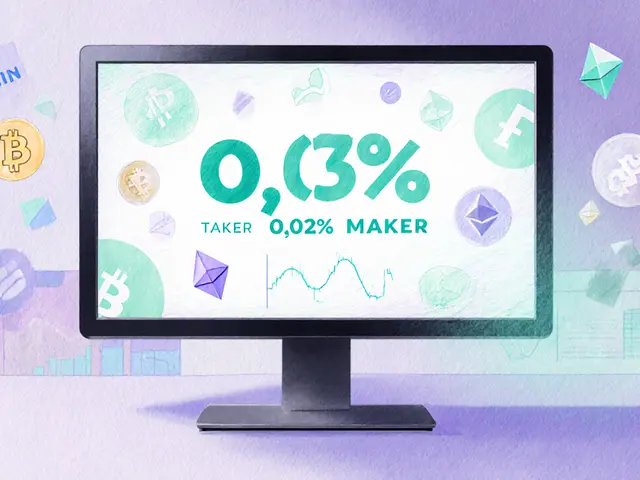Digital Yuan – China’s Official CBDC
When exploring Digital Yuan, China's sovereign digital currency that runs on a permissioned ledger and is meant to complement the physical renminbi. Also known as e-CNY, it aims to improve payment efficiency, reduce cash‑handling costs, and give the People’s Bank of China more insight into money flows. In plain terms, the digital yuan is a type of Central Bank Digital Currency, a digital representation of a nation’s fiat money issued and backed by its central bank. Think of it as cash you can hold on your phone, but with the same legal status as paper money.
The backbone that makes a CBDC possible is blockchain technology, a distributed ledger system that records transactions in a secure, immutable way. While the digital yuan doesn’t use a public blockchain like Bitcoin, it still relies on cryptographic techniques and a centralized ledger to guarantee speed and security. This connection means that any change in the digital yuan’s design influences the broader blockchain ecosystem, especially when regulators look at how to balance privacy with oversight.
Why It Matters
One big reason the digital yuan matters is its effect on stablecoins, cryptocurrency tokens pegged to a stable asset, often a fiat currency. Stablecoins have become popular for cross‑border payments because they offer fast settlement without the volatility of typical crypto. As the digital yuan rolls out, it creates a government‑backed alternative that could either compete with or complement existing stablecoins, reshaping how merchants and consumers move money internationally.
Another angle to watch is regulation. Countries like Iraq and the UAE are already drafting rules around CBDCs and crypto, and their approaches will affect how the digital yuan integrates with global finance. For example, Iraq’s recent push for a state‑run CBDC shows that governments see digital fiat as a tool for financial inclusion and control. Meanwhile, the UAE’s rapid adoption of crypto-friendly policies illustrates how a supportive regulatory environment can accelerate the use of digital currencies.
All these pieces—CBDCs, blockchain, stablecoins, and regulation—interact in a web of cause and effect. The digital yuan digital yuan pushes central banks to adopt more advanced ledger tech, which in turn forces stablecoin issuers to improve transparency and compliance. At the same time, stricter regulations in one region can ripple into another, influencing how quickly new digital money solutions are adopted.
Below you’ll find a curated collection of articles that dive deeper into each of these topics. From a simple guide on how the digital yuan works to analyses of crypto bans, airdrop tax rules, and the future of blockchain voting, the posts provide practical insights and real‑world examples you can use right away. Explore the list to see how the digital yuan fits into the larger picture of modern finance.

Learn the legal risks of using VPNs to access cryptocurrency in China, including the crypto ban, enforcement agencies, penalties, and safer alternatives like the digital yuan.
Jonathan Jennings Jun 22, 2025




